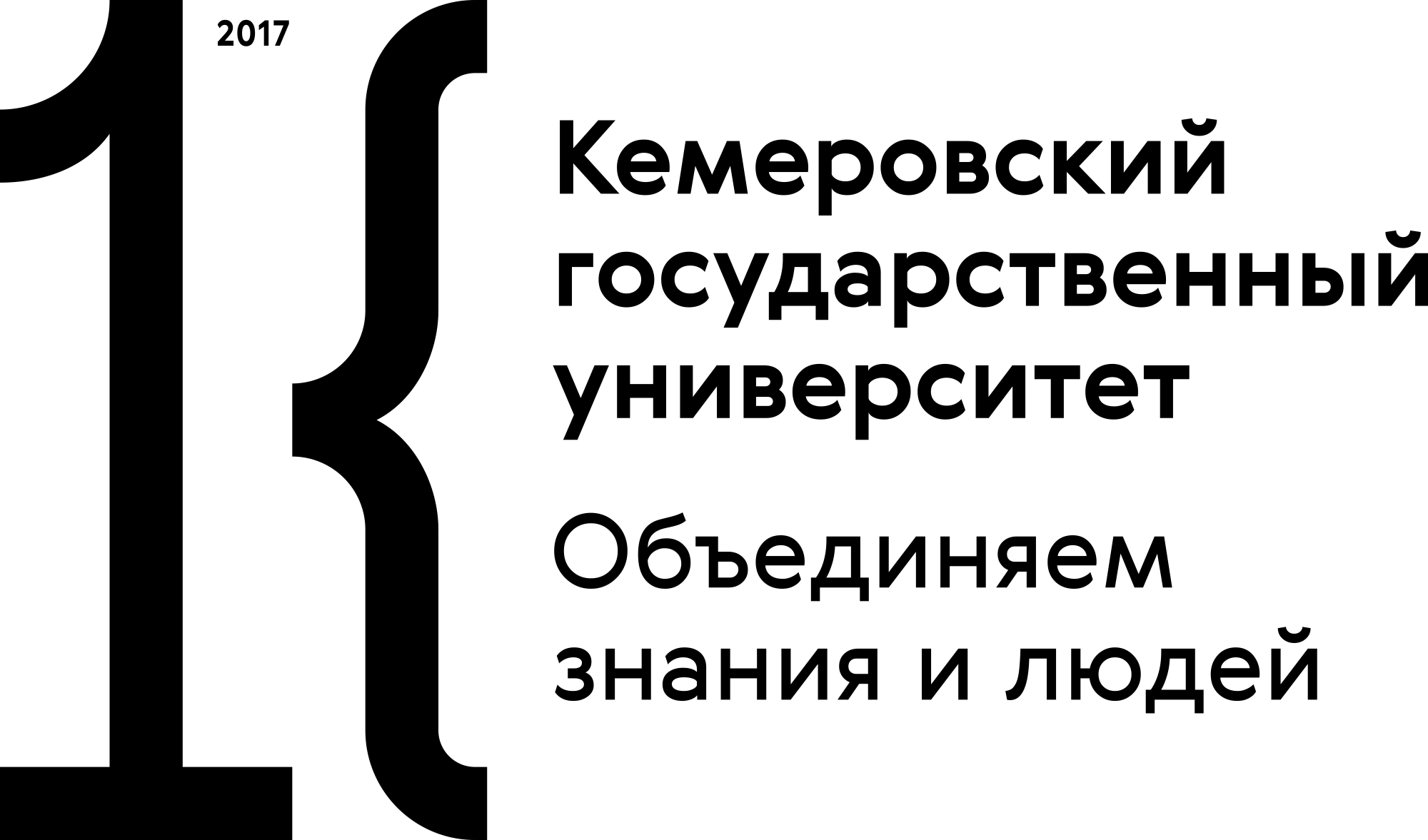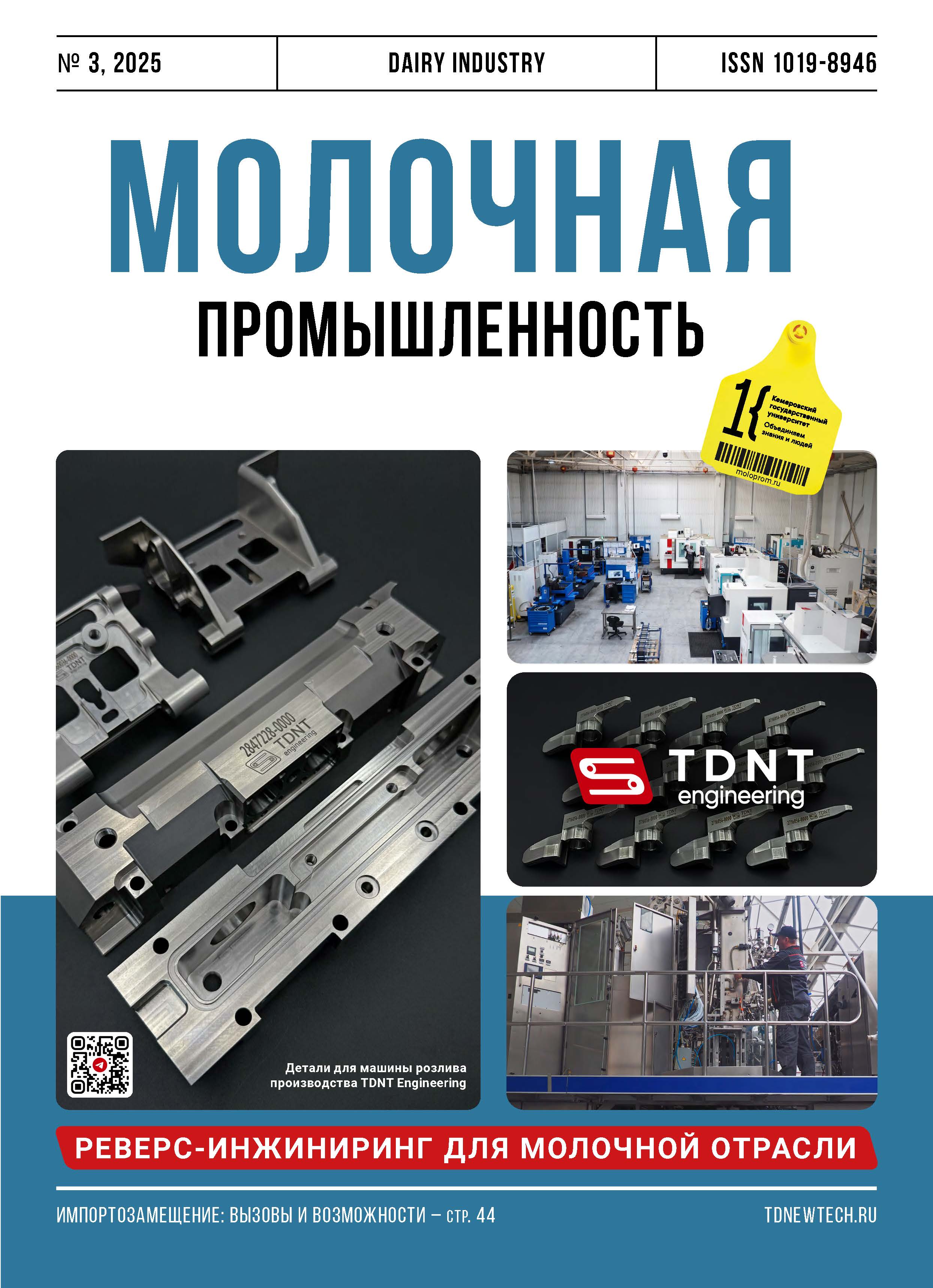Moscow, Russian Federation
Kemerovo, Russian Federation
If starter culture bacteria are infected with bacteriophages, it results in poor or faulty fermentation of cheese and fermented milk. Despite strict sanitation measures, culture rotation, and special equipment design, bacteriophages with their growing heat resistance remain a serious biotechnological problem for the dairy industry. As a rule, raw milk is the main source of highly mutating bacteriophages with various heat resistance values. Bacteriophages are more resistant to heating than the host strain and most vegetative microbiota; however, scientific publications provide contradicting data on the effect of thermal exposure on lactic acid bacteriophages in various environments. As a result, industrial bacteriophage inactivation requires additional studies to define the most efficient modes. The article introduces the optimal modes of physical bacteriophage inactivation and pasteurization as part of phage monitoring. The authors analyzed available reports on types and groups of lactic acid phages typical of dairy plants, the nature of their heat resistance, and their adaptive evolution to increasing sublethal temperature. The standard methods of analysis and synthesis made it possible to reveal the effect of thermal action on lactic acid bacteriophages in different laboratory conditions. The resulting optimal thermal modes of fermented dairy production may help to develop a system of effective practical antiphage measures that could be compiled into a Program of Preliminary Measures of Phage Monitoring. Although the recommendation for a stricter heat treatment of raw milk does not find unanimous support, dairy plants may apply thermal antiphage inactivation if the processing involves boiling or steaming.
lactic acid bacteria, fermentation, bacteriophages, phagolysis of starter cultures, raw milk, heat resistance
1. Sorokina, N. P. Spektr liticheskoy aktivnosti kollekcionnyh bakteriofagov, inficiruyuschih laktokokki / N. P. Sorokina [i dr.] // Molochnaya promyshlennost'. 2020. № 11. S. 27–29. https://doi.org/10.31515/1019-8946-2020-11-27-29; https://elibrary.ru/ghsbgr
2. Ganina, V. I. Vliyanie temperatury na vyzhivaemost' bakteriofagov v biotehnologii kislomolochnoy produkcii / V. I. Ganina // Molochnaya promyshlennost'. 2020. № 3. S. 31–33. https://doi.org/10.31515/1019-8946-2020-03-32-33; https://elibrary.ru/xmfoth
3. Veesler, D. A common evolutionary origin for tailed-bacteriophage functional modules and bacterial machineries / D. Veesler, C. Cambillau // Microbiology and Molecular Biology Reviews. 2011. Vol. 75(3). P. 423–433. https://doi.org/10.1128/MMBR.00014-11; https://elibrary.ru/phmktb
4. Kleppen, N. R. Bacteriophages in milk fermentations: Diversity fluctuations of normal and failed fermentations / H. P. Kleppen [et al.] // International Dairy Journal. 2011. Vol. 21(9). P. 592–600. https://doi.org/10.1016/j.idairyj.2011.02.010; https://elibrary.ru/ybyzfp
5. Mahony, J. Phages of lactic acid bacteria: The role of genetics in understanding phage-host interactions and their co-evolutionary processes / J. Mahony [et al.] // Virology. 2012. Vol. 434(2). P. 143–150. https://doi.org/10.1016/j.virol.2012.10.008; https://doi.org/10.1016/j.virol.2012.10.008
6. Pujato, S. Leuconostoc bacteriophages from blue cheese manufacture: Long-term survival, resistance to thermal treatments, high pressure homogenization and chemical biocides of industrial application / S. Pujato [et al.] // International Journal of Food Microbiology. 2014. Vol. 177. P. 81–88. https://doi.org/10.1016/j.ijfoodmicro.2014.02.012
7. Frantzen, C. A. Unprecedented diversity of lactococcal group 936 bacteriophages revealed by amplicon sequencing of the portal protein gene / C. A. Frantzen, H. Holo // Viruses. 2019. Vol. 11(5). 443. https://doi.org/10.3390/v11050443
8. Marcó, M. B. Bacteriophages and dairy fermentations / M. B. Marcó, S. Moineau, A. Quiberoni // Bacteriophage. 2012. Vol. 2(3). P. 149–158. https://doi.org/10.4161/bact.21868
9. Odegov, N. I. Aktual'nye aspekty problemy bakteriofagii v syrodelii / N. I. Odegov, R. V. Dorofeev, V. V. Tkachenko // Pischevaya industriya. 2016. № 1(27). S. 23–25. https://elibrary.ru/vjzclb
10. Murphy, J. Impact of thermal and biocidal treatments on lactococcal 936-type phages / J. Murphy [et al.] // International Dairy Journal. 2014. Vol. 34(1). P. 56–61. https://doi.org/10.1016/j.idairyj.2013.06.011
11. Lapshevich, I. Bakteriofagi - nevidimyy vrag molochnyh produktov / I. Lapshevich // Molochnaya promyshlennost'. 2020. № 10. S. 33–35. https://elibrary.ru/izpseq
12. Chuksina, T. A. Harakteristika genoma dvuh novyh fagov Lactococcus lactis phage vL_296 i vL_20A / T. A. Chuksina [i dr.] // Acta Naturae (russkoyazychnaya versiya). 2024. T. 16, № 3. S. 102–109. https://doi.org/10.32607/actanaturae.27468; https://elibrary.ru/mphyaa
13. Quiberoni, A. Streptococcus thermophilus bacteriophages / A. Quiberoni [et al.] // International Dairy Journal. 2010. Vol. 20. P. 657–664. https://doi.org/10.1016/j.idairyj.2010.03.012
14. Hanemaaijer, L. Biodiversity of Phages Infecting the Dairy Bacterium Streptococcus thermophilus / L. Hanemaaijer [et al.] // Microorganisms. 2021. Vol. 9(9). 1822. https://doi.org/10.3390/microorganisms9091822
15. Feyereisen, M. Biodiversity and Classification of Phages Infecting Lactobacillus brevis / M. Feyereisen [et al.] // Frontiers in Microbiology. 2019. Vol. 10. 2396. https://doi.org/10.3389/fmicb.2019.02396
16. Ackermann, H-W. Phages examined in the electron microscope / H-W. Ackermann // Archives of Virology. 2007. Vol. 152. P. 227–243. https://doi.org/10.1007/s00705-006-0849-1
17. Oliveira, J. Biodiversity of bacteriophages infecting Lactococcus lactis starter cultures / J. Oliveira [et al.] // Journal of Dairy Science. 2018. Vol. 101(1). P. 96–105. https://doi.org/10.3168/jds.2017-13403
18. Castro-Nallar, E. Population genomics and phylogeography of an Australian dairy factory derived lytic bacteriophage / E. Castro-Nallar [et al.] // Genome Biology and Evolution. 2012. Vol. 4. P. 382–393. https://doi.org/10.1093/gbe/evs017
19. Chmielewska-Jeznach, M. Lactococcus ceduovirus phages isolated from industrial dairy plants-from physiological to genomic analyses / M. Chmielewska-Jeznach, J. K. Bardowski, A. K. Szczepankowska // Viruses. 2020. Vol. 12(3). 280. https://doi.org/10.3390/v12030280
20. Atamer, Z. Thermal inactivation of the heat-resistant Lactococcus lactis bacteriophage P680 in modern cheese processing / Z. Atamer, J. Hinrichs // International Dairy Journal. 2010. Vol. 20(3). P. 163–168. https://doi.org/10.1016/j.idairyj.2009.09.006
21. Lázaro, E. Evolutionary adaptation of an RNA bacteriophage to the simultaneous increase in the within-host and extracellular temperatures / E. Lázaro [et al.] // Scientific reports. 2018. Vol. 5(8). 8080. https://doi.org/10.1038/s41598-018-26443-z
22. Kering, K. K. Application of adaptive evolution to improve the stability of bacteriophages during storage / K. K. Kering [et al.] // Viruses. 2020. Vol. 12(4). 423. https://doi.org/10.3390/v12040423
23. Lee, J. The application of adaptively evolved thermostable bacteriophage ΦYMFM0293 to control Salmonella spp. in poultry skin / J. Lee, D. Kim, M. Kim // Food Research International. 2023. Vol. 167. 112665. https://doi.org/10.1016/j.foodres.2023.112665
24. Chen, X. Thermal and chemical inactivation of Lactobacillus virulent bacteriophage / X. Chen [et al.] // Journal of Dairy Science. 2017. Vol. 100(9). P. 7041–7050. https://doi.org/10.3168/jds.2016-12451
25. Capra, M. L. Characterization of a New Virulent Phage (MLC-A) of Lactobacillus paracasei / M. L. Capra [et al.] // Journal of Dairy Science. 2006. Vol. 89. P. 2414–2423. https://doi.org/10.3168/jds.S0022-0302(06)72314-1
26. Madera, C. Milk contamination and resistance to processing conditions determine the fate of Lactococcus lactis bacteriophages in dairies / C. Madera [et al.] // Applied and Environmental Microbiology. 2004. Vol. 70(12). Vol. 7365–7371. https://doi.org/10.1128/AEM.70.12.7365-7371.2004.
27. Ganina, V. I. Bakteriofagi i sposoby snizheniya ih kolichestva / V. I. Ganina // Molochnaya promyshlennost'. 2016. № 2. S. 41–43. https://elibrary.ru/vkzrmt
28. Moroni, O. Inactivation of lactococcal bacteriophages in liquid media using dynamic high pressure / O. Moroni [et al.] // International Dairy Journal. 2002 Vol. 12. P. 907–913. https://doi.org/10.1016/S0958-6946(02)00118-8







